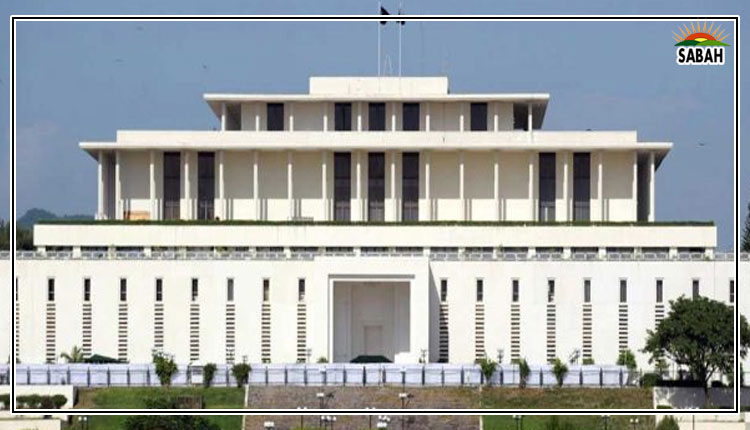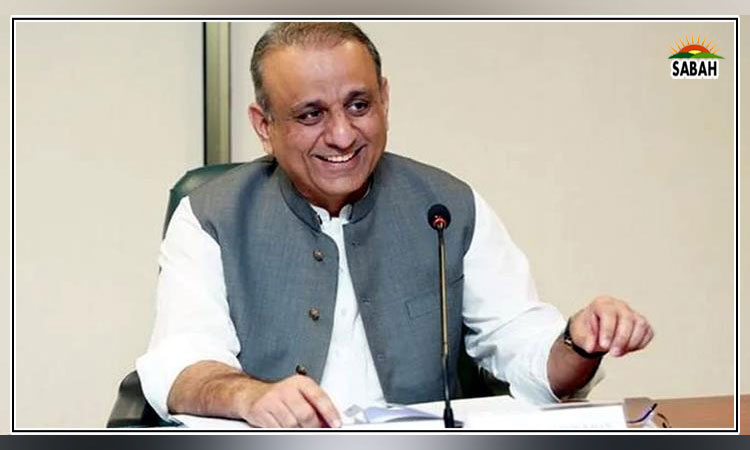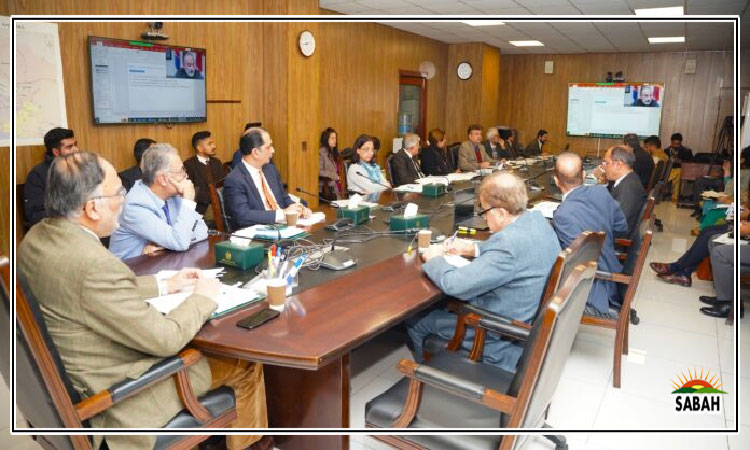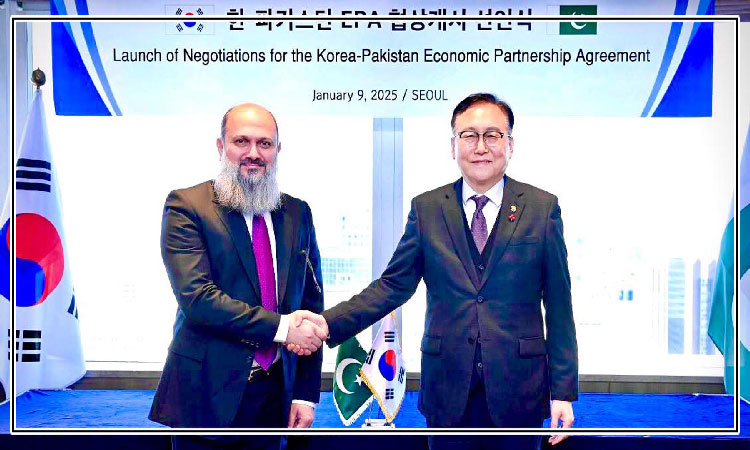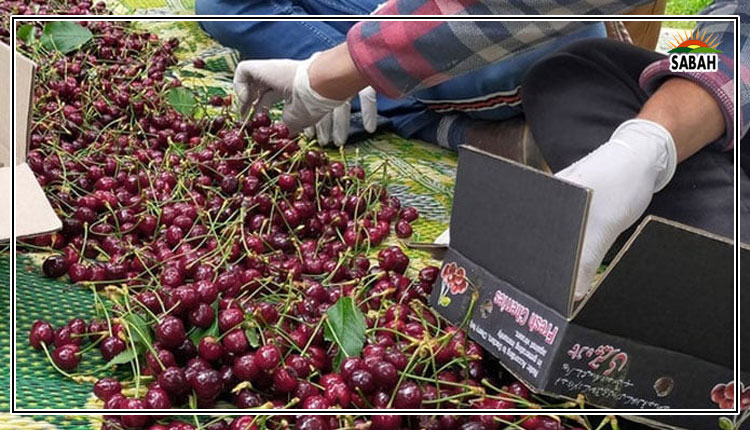Our food export paradox … Soha Nisar
Pakistan’s food export sector is a story of paradoxes: while boasting record-breaking breakthroughs, it remains overshadowed by systemic inefficiencies that threaten its long-term sustainability.
Ahmed Raza’s experience as a finance professional grappling with the challenges of fulfilling a major meat export order serves as a microcosm of the broader issues plaguing our export sector. His inability to rely on organised farming infrastructure, coupled with soaring transportation costs, underscores a recurring theme: our export success often feels like a house of cards, vulnerable to collapse under the weight of inefficiencies. Despite a historic boom in meat exports to the Middle East, reaching $430.89 million, the lack of robust supply chains, quality standards, and modernised practices continues to hold us back from realising our true potential.
Such stories beg the question: Is our recent success a product of strategic brilliance, or merely a fortunate alignment of external factors? While Pakistan’s meat exports to the Middle East surged to $430.89 million, this achievement was less a result of domestic reforms and more a consequence of external market dynamics. India’s restrictions on food exports, coupled with the disruption caused by the Ukraine crisis, opened doors for Pakistani products to penetrate new markets. But reliance on the missteps of others is not a sustainable strategy. What happens when those doors inevitably close?
The story of Pakistan’s rice exports illustrates this vulnerability. Rice brought in an impressive $4 billion in 2023-24, bolstered by increased domestic production and favourable international conditions, such as India’s struggles with pesticide compliance in the European Union. Yet, the future of this success hangs in the balance as India, our main competitor, lifts its restrictions and aggressively re-enters the market. Pakistani rice exporters now face the daunting challenge of competing with Indian non-basmati rice, which is $100 per ton cheaper. This stark price disparity is a harbinger of the difficulties ahead.
What frustrates me is the recurring acknowledgement of these issues without meaningful action. Stakeholders, from policymakers to industry leaders, frequently cite the need for improved supply chains, storage facilities, and modern farming practices. Yet, these discussions often fail to translate into tangible results. For instance, while the Trade Development Authority of Pakistan (TDAP) has made commendable efforts to promote Pakistani products through international exhibitions and targeted marketing strategies, these initiatives cannot compensate for the lack of foundational infrastructure. Exporters need more than just platforms to showcase their products; they need a system that ensures quality, efficiency, and competitiveness.
The role of technology in addressing these challenges cannot be overstated. Modern farming techniques, digital tools, and data-driven decision-making are essential for optimising production and meeting international standards. Yet, Pakistan lags in adopting these innovations. It is disheartening to see our exporters struggle with basic issues like operational efficiency and compliance with international standards, while other countries leap ahead by embracing technology and sustainable practices.
I am particularly struck by the disconnect between the administration’s aspirations and the realities on the ground. Ambitious goals of reaching $25-30 billion in food exports within a few years are laudable, but they ring hollow without a comprehensive strategy to address the sector’s deep-seated problems. High electricity and fuel costs, an unfavourable tax structure, and exorbitant interest rates are just a few of the barriers that make it increasingly difficult for exporters to remain competitive. While the state’s efforts to explore new markets and trade routes are commendable, these initiatives must be accompanied by reforms that create an investor-friendly environment.
We must move beyond short-term fixes and reactive measures, adopting a proactive and holistic approach to revitalise the food export sector. This requires not only investments in infrastructure and technology but also a commitment to fostering collaboration among stakeholders. Farmers, exporters, policymakers, and researchers must work together to identify and implement solutions that address the root causes of our challenges.
Education and training also play a pivotal role in this transformation. Farmers need access to knowledge and resources that enable them to adopt sustainable and efficient practices. Exporters must be equipped with the skills to navigate complex international markets and adhere to stringent quality standards. Moreover, fostering a culture of innovation and entrepreneurship within the agricultural sector can unlock new opportunities for growth.
As I contemplate the future of Pakistan’s food exports, I am reminded of the resilience and ingenuity of our people. Despite the odds, we have managed to achieve remarkable milestones, proving that the potential for greatness exists. However, potential alone is not enough. We must channel our resources, energy, and creativity into building a system that empowers our exporters and elevates our standing on the global stage.
Pakistan stands at a crossroads. Our food export sector can either become a cornerstone of our prosperity or a cautionary tale of squandered opportunities. We can either continue to rely on external factors and fortuitous circumstances to sustain our export growth or take bold steps to address the systemic issues that have held us back for far too long. The choice is ours.
As we close the chapter of this year and prepare to write the next, it’s a time for reflection and resolve. Are we ready to embrace innovation, challenge outdated practices, and commit to a future where Pakistan’s food exports stand as a symbol of resilience and progress? The end of the year reminds us that every new beginning carries hope. I, for one, believe that the time to act is not tomorrow, but today.



